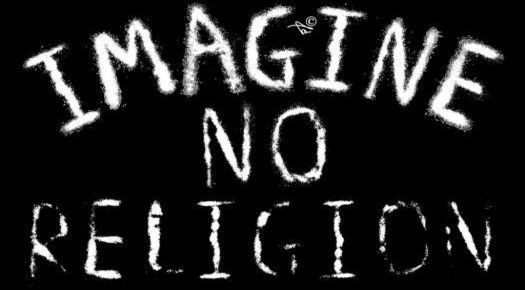
The atheist community has been seeing an unprecedented rise in its international notoriety by the wider public. But with this increase in visibility, the minority non-religious community has suffered a backlash. Regardless, atheists are on the rise globally. There are differences depending on the nation or the region.
Big Think reported on the increases in the atheist population, particularly in authoritarian China; and Europe, in general. There was a survey of more than 60,000 people in 68 nations around the world compared to a 2005 survey.
The survey data gathering and analysis was completed via the reliable and respected WIN/Gallup. The number of people who identified as having belief in themselves as religious people in 2005 was marked at 77%. Whereas, for the survey done recently in 2017, the number was 62%. The numbers of the religious, or people identifying as religious people, are declining. The numbers of the non-religious or the “don’t knows” (at least formally), are increasing.
For the members of the atheist community with an interest in the way atheism has continued to garner popularizers, famous speakers, best-selling books, and packed-house debates and dialogues, one of the ways in which atheism has continued to gain interest to more and more people is through the global transformation of the religious identification landscape.
Furthermore, according to Big Think, the main variables relevant for the increase or decrease in religiosity are age, education, and income: more of each variable means less religion; less of each means more religion. There is a direct negative correlation for these factors.
The biggest takeaway from the reportage is the level of “convinced atheism”, as noted by the survey. Out of the global population, the most prominent nation with “convinced atheism” is China – a significant portion of atheists are harboured there. And also in Europe, which has the most atheist-dominated nations in the top 20.
Over the approximately 12-year-period between 2005 and 2017, we can see the noteworthy increase of the convinced atheism population. They went from five percent in 2005 to nine percent in 2017. A change from five out of every 100 people in 2005 to nine out of every 100 people in 2017 is a staggering 80% increase in the global “convinced atheist” population over a 12-year-period.
For in-depth analysis or deeper reportage of the research, please see Big Think.
Photo Credits: Flickr
